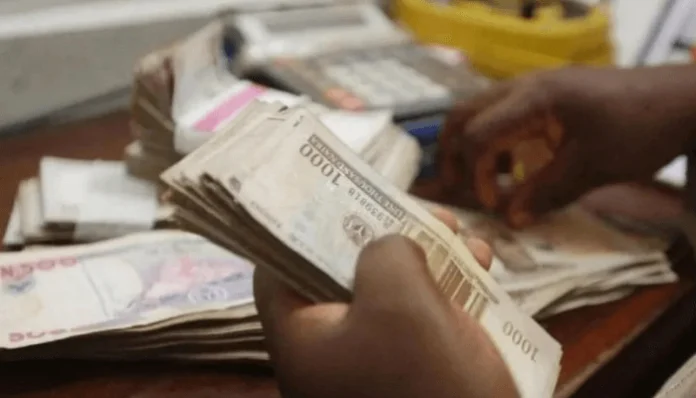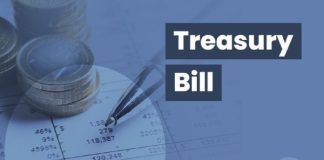The average yield on Nigerian Treasury bills experienced a 20 basis point increase in the secondary market, as investors opted to adjust their portfolio holdings in response to the Central Bank’s reduction of the spot rate on one-year bills offered at the primary auction.
Amidst this bearish market sentiment, some investors sought to fulfill bids that were rejected by the Central Bank during the midweek auction in the secondary market on Thursday, thereby intensifying trading activities.
Demand was observed for mid and long-dated securities after the Central Bank maintained the spot rates for 91-day and 182-day treasury bills but lowered the rate for 364-day bills. The heightened activity was further supported by a net auction settlement of N374.20 billion. According to analysts’ reports, trading was primarily concentrated on the newly issued one-year Nigerian Treasury bills maturing on March 26, 2026.
Concurrently, profit-taking activities prevailed, as market participants aimed to capitalize on recent gains, resulting in an upward movement of the average benchmark Nigerian Treasury bill mid-rate.
In its investor note, TrustBanc Financial Group Limited indicated that market participants realized profits from their auction allocations, leading to a slight moderation in yields at the longer end of the curve, while pushing yields higher at the middle segment.
Treasury bills maturing on September 4th experienced a 107 basis point increase, as investors divested their holdings. Overall, the average benchmark yield rose by 20 basis points, closing at 19.36%. “We anticipate that current market conditions will persist, albeit at a moderate pace, as market participants continue to process the signals emanating from the primary market auction.”
Across the yield curve, the average yield expanded at the short (+4bps) and mid (+73bps) segments. The yield increase was driven by sell-offs of the 91-day to maturity (+27bps) and 147-day to maturity (+110bps) bills, respectively.
Conversely, the yield contracted at the long (-1bp) end, driven by demand for the 329-day to maturity (-1bp) bill. Similarly, the average yield advanced by 16 basis points, closing at 22.7% in the OMO segment.














